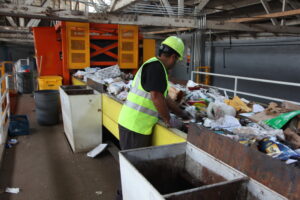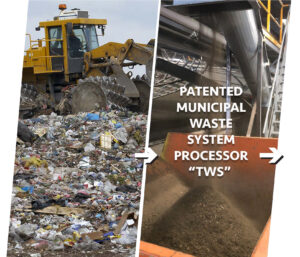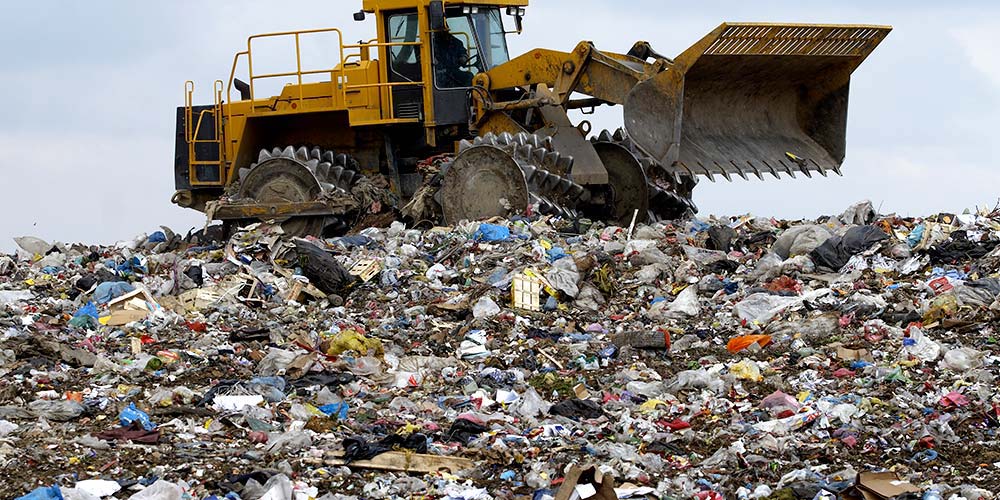As the world continues to face pressing environmental challenges, finding innovative solutions to manage organic waste and reduce greenhouse gas emissions has become paramount. Organic waste, including food scraps, agricultural residue, and other biodegradable materials, has the potential to be converted into a valuable energy resource. In this blog post, we will explore the advancements in technology for converting organic waste to energy, showcasing sustainable solutions that contribute to a cleaner and greener future.
- Geodyn Solutions Anaerobic Digestion: Geodyn Solutions Anaerobic digestion is a well-established technology that harnesses the natural process of organic decomposition in the absence of oxygen. This process produces biogas, a mixture of methane and carbon dioxide, which can be utilized as a renewable energy source. Geodyn Solutions advanced anaerobic digestion systems employ optimized reactor designs, improved monitoring and control systems, and enhanced pre-treatment methods to maximize biogas production efficiency. Additionally, digestive juice, a nutrient-rich byproduct, can be utilized as organic fertilizer.
- Geodyn Solutions Biomethanation: Geodyn Solutions Biomethanation, also known as dry anaerobic digestion or solid-state fermentation, offers an alternative approach to traditional wet anaerobic digestion. This Geodyn Solutions technology is particularly suitable for treating solid organic waste such as agricultural residues, crop straws, and municipal solid waste. Biomethanation systems utilize specialized microbial consortia to convert organic waste into biogas without the need for water. This Geodyn Solutions technology reduces water usage and minimizes the process complexities associated with wet digestion.
Geodyn Solutions Pyrolysis and Gasification: Geodyn Solutions Pyrolysis and gasification technologies involve the thermal decomposition of organic waste at high temperatures in the absence of oxygen. These processes convert the waste into valuable products such as syngas (a mixture of carbon monoxide, hydrogen, and methane), bio-oil, and biochar. Syngas can be used for heat and power generation, while bio-oil finds applications as a renewable fuel. Biochar, a stable carbon-rich residue, can be utilized as a soil amendment to improve agricultural productivity and sequester carbon. - Geodyn Solutions Hydrothermal Carbonization: Hydrothermal carbonization (HTC) is an emerging technology that mimics the natural process of a coal formation by subjecting organic waste to high temperatures and pressures in a water-rich environment. This process converts the waste into hydrochar, a solid fuel similar to coal. HTC technology offers several advantages, including processing a wide range of feedstocks, reducing greenhouse gas emissions, and producing a stable fuel with a high energy content.
- Algae-based biofuel production: Certain types of organic waste, such as wastewater and agricultural runoff, can serve as nutrients for algae growth. Algae can be cultivated in specialized systems to harness solar energy and convert carbon dioxide into biomass, which can then be processed into biofuels such as biodiesel and bioethanol. Algae-based biofuel production provides a renewable energy source and helps in wastewater treatment and carbon capture.
The advancements in technology for converting organic waste to energy present a promising avenue toward a sustainable and circular economy. These innovative solutions reduce the environmental impact of organic waste and offer valuable resources for energy generation, nutrient recovery, and soil enhancement. As Geodyn Solutions’ research and development continue to drive improvements in these technologies, the transition to a greener future becomes increasingly achievable. Embracing and investing in these advanced technologies will contribute to a more sustainable and resilient world.



